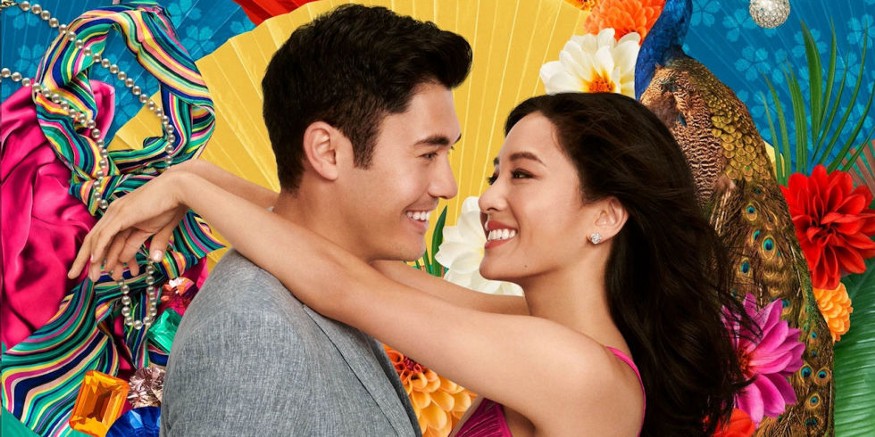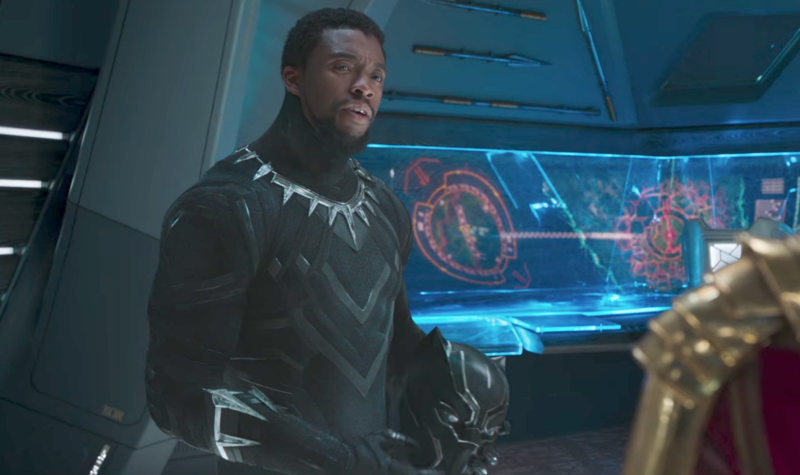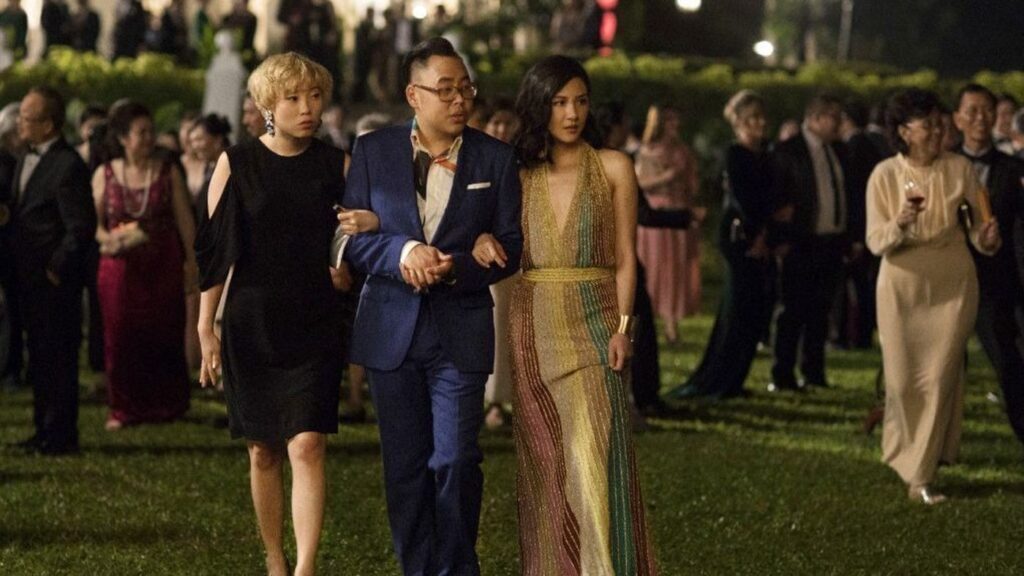By Paulo Camacho

“Crazy Rich Asians” has been hailed as a champion of Asian representation in cinema — but it was its music that is quietly the film’s MVP.
The motion picture soundtrack is one of the most underrated aspects to a film’s success. It is a musical representation to the ideas, ideals and themes of a given film. It works harmoniously with the film, itself (no pun intended) in a perfect marriage of sight and sound.
Take this recent movie that has taken America by storm. It’s been hailed as one of the landmark films of its kind — a champion of representation for a generation of people who had not seen it in this form for decades. And, despite its genre, all people, of different ages and ethnicities, have come out to see it in droves. And, for the community it represents, it has brought many to tears — simply because of the faces on the screen, and what they mean for mainstream American film.
Did anyone think I was talking about ‘Black Panther’?

Yeah, I didn’t think so.
‘Crazy Rich Asians’ — a romantic comedy based on the best-selling book by Kevin Kwan — is the first major motion picture of its kind in a quarter-century — not since 1993’s “The Joy Luck Club” has a major American film featured a principal cast composed entirely of Asian and Asian-American actors. When a law professor discovers that her boyfriend is the heir to a massive Singaporean business empire, she must maneuver the emotional pitfalls of a modern social landscape that only cares about the heft of one’s bank account, and an overprotective matriarch (and potential mother-in-law) who sees little of her and her American culture.
The movie’s soundtrack, in this instance, helps define the film’s major themes, and its “old-meets-new” dynamic. The music is practically its own subjective character in this dynamic, helping to narrate the story with its subtle symbolism and, at times, in-your-face references. Here are a few examples:
Warning: SPOILERS AHEAD for Major Plot Points of Crazy Rich Asians.
Kina Grannis — Can’t Help Falling In Love
This remake of the classic Elvis Presley song appeared at a pivotal portion of the film, in terms of tugging at the viewer’s heartstrings:
The song is intricately interwoven between the beauty of engaged couple Colin and Ariminta’s wedding ceremony, and the dilemma going through the mind of Constance Wu’s character Rachel. At this point in the film, she understands that she may ultimately cause boyfriend Nick’s voluntary excommunication from his wealthy family. Grannis’ gorgeous rendition does enough to juxtapose the brilliant, cultural elegance of an extravagant Singaporean wedding with the bittersweet emotions emanating from the film’s protagonist.
In fact, if you watch the scene above, you might find the young woman playing the guitar in the ceremony is actually Kina Grannis, herself. Some have posited that her addition to the film — being of multiracial descent — was a sly response to the criticisms of the filmmakers hiring a multiracial actor (Travel show host Henry Golding) as the male lead. Regardless, her deconstructed interpretation of the classic song was a perfect juxtaposition of pure, glorious simplicity in an extremely lavish ceremony. It captured the unspoken grace in one of the film’s most pivotal moments.
Katherine Ho — Yellow
Another remake of a popular song, “Yellow” — a historically derogatory term for Asians and Asian-Americans in the ugly history of contemporary racism — is played, sung in Mandarin to the backdrop of the film’s final scenes. Ironically enough (given said juxtaposition of the word to Asian culture), it depicts Nick making a second attempt at proposing to Rachel — this time, on a crowded airplane before takeoff, and with his mother’s emerald ring. It is a special kind of symbolism that wraps up Nick and Rachel’s story — with the gesture of proposing with mother Evelyn’s ring, Nick, and by proxy his family, accepts Rachel as one of their own.
It brings a whole new level of symbolism to the use of Coldplay’s seminal tune — by giving the song this uniquely Mandarin interpretation, it is a metaphorical flag in the ground, as a special ownership of a term that has historically damaged a large community of people for centuries.
Interestingly enough, this cultural translation almost never happened, but was brought to stunning life by a pre-med student from USC. A former contestant from the hit NBC show “The Voice,” Katherine Ho began work on the song after a text from a former voice teacher about submitting a demo “for an unnamed TV or film project.” Working overtime as a full-time student, she managed to get the right translation to the Coldplay song in time for submission. Director John Chu loved it, but apparently had to jump hurdles of his own — reports of a letter of plea to the band to use the song in his movie are contested by multiple sources, however. Regardless, the multiple layers of symbolism that exist within Ho’s version of “Yellow” ring perfectly with the film, and provide a wonderful exclamation point to its conclusion.
Sally Yeh — Material Girl (200 Duk)
Yet a third example of a contemporary song getting a Mandarin interpretation, the song is a great use of non-verbal storytelling — in the scene where the Sally Yeh vehicle is featured, our protagonist Rachel receives a “Cinderella” treatment from old college friend Goh Peik Lin (rapper/actress Awkwafina), her father Goh Wye Mun (Ken Jeong of “The Hangover” trilogy), and Nick’s second cousin Oliver (Filipino actor Nico Santos), in an effort to stand up to Young matriarch Eleanor — she of which had recently declared to Rachel that she would never be good enough for her son. The makeover, in this instance, serves as an empowering sequence, preparing Rachel to stand up to Eleanor.

Again, the use of Madonna’s subversive homage to the privileged life is an apt use of musical storytelling to help advance the plot. After all, it is all too fitting that, at this point in the film, Rachel is attempting to show she belongs in the ultra-bourgeoisie of Singaporean wealth, in a scene set to said song. The tune, itself, is also a perfect reflection of “new Asian money” — a generation of Asian wealthy that seem to care more about earthly possessions than anything else — and one that is in lockstep with the themes depicted throughout the first two acts of the film.